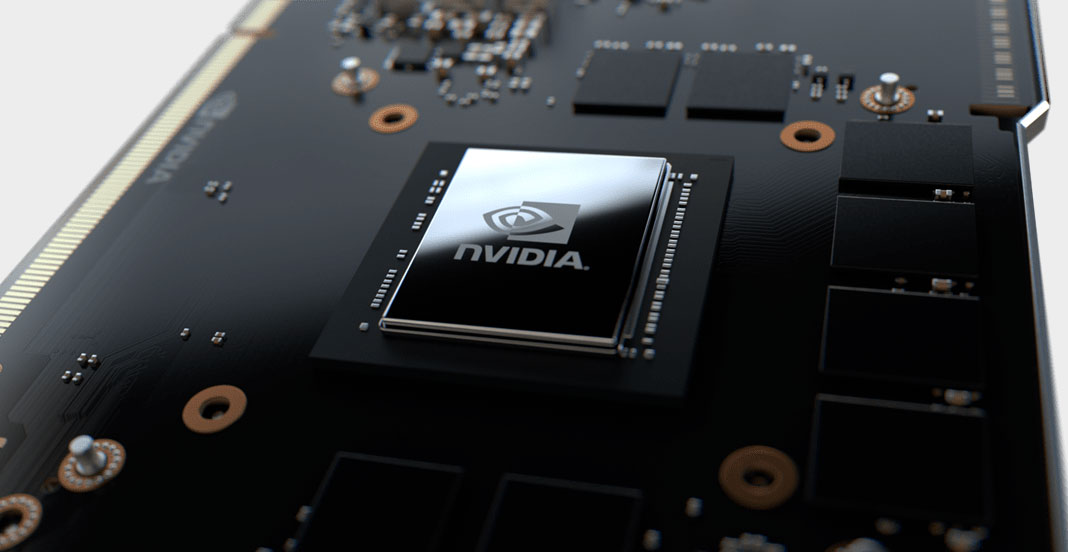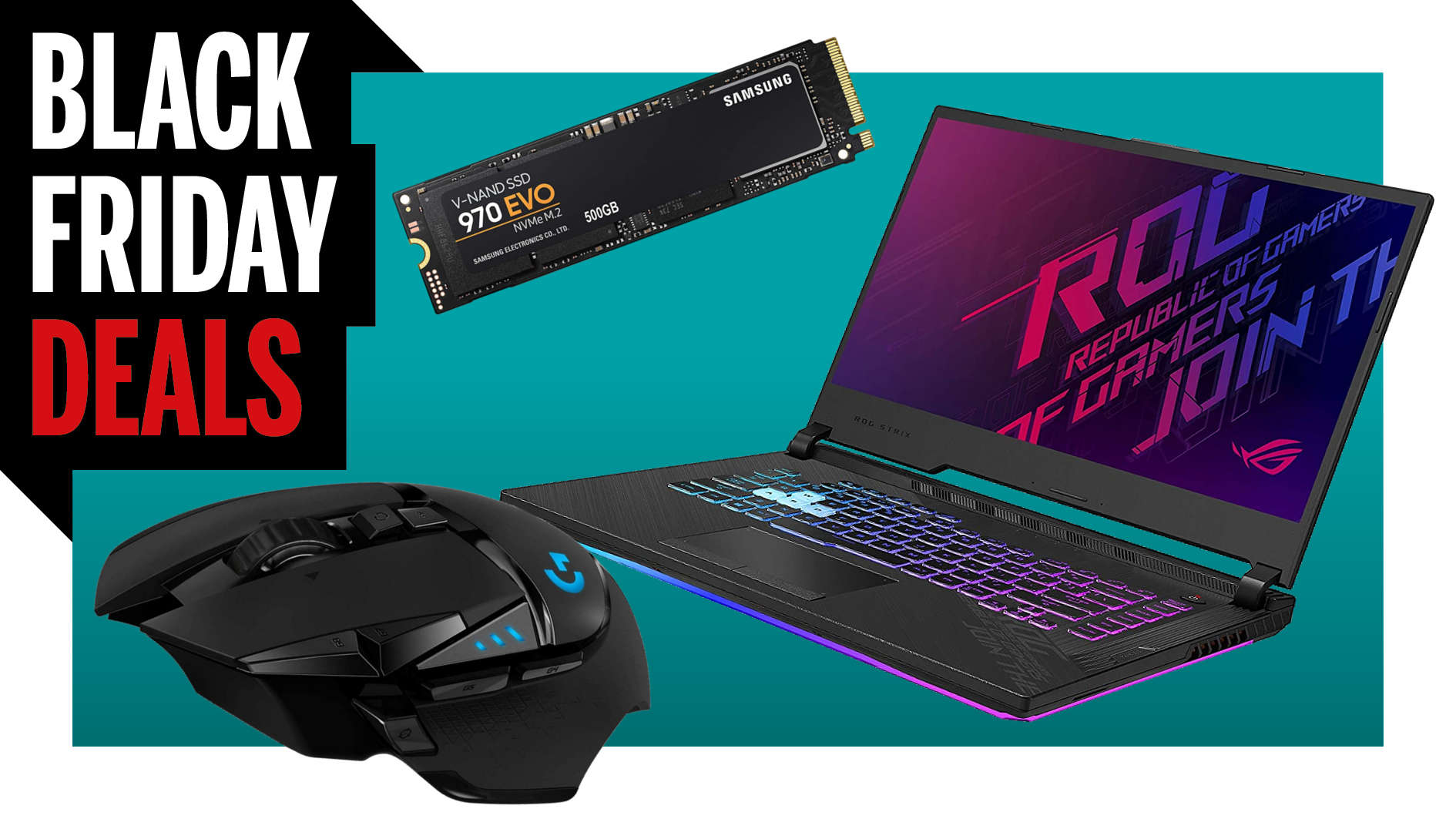
As 2023 draws to a close, attention slowly begins to turn to 2024's PC hardware. That means it's rumor time! The launch of Nvidia's next generation Blackwell is still a long way off, so rumors and leaks need to be taken with the proverbial grain of salt. But one of the safer ones is that the cards with the high end GB202 GPU will feature GDDR7 memory, and perhaps less reliably, a 384-bit memory bus.
Oft-cited hardware leaker and Kimi Räikkönen superfan @kopite7kimi had previously suggested the GB202—which is expected to be the GPU that powers the presumably-named RTX 5090—will come with a 512-bit bus, however kopite7kimi now believes it will stick with a 384-bit bus.
With so long to go before the RTX 50-series launches, Nvidia has probably not locked in the final specification just yet, but it is safe to assume next-gen cards from Nvidia and AMD will incorporate GDDR7 memory into their high-end cards.
GDDR7 has been in development for some time, with Micron and Samsung both gearing up for production with the aim of shipping products in 2024. Last month Samsung divulged some details on its GDDR7 memory. It's set to feature 32Gbps speeds in the first wave, a lower operating voltage, and 50% less standby power. Though GDDR7 is not in volume production just yet, it's safe to say that high-end graphics cards will be among the first to adopt these new memory chips.

Best Black Friday PC gaming deals: All the best discounts in one place
How to avoid overpaying on a Black Friday gaming laptop deal: How much to pay, and where to buy from
How to spot the best Black Friday prebuilt deal: Don't pay over the odds for a PC this year
All things being equal, GDDR7's higher bandwidth offsets the need for a wider memory bus. Assuming we see speeds of up to 32Gbps from the outset, a total bandwidth of 1.5TB/s is possible over a 384-bit bus. That's 50% higher than the bandwidth offered by the RTX 4090's 21Gbps GDDR6X memory and 384-bit bus.
Other GB202 rumors include a possible chiplet architecture—if only for enterprise Blackwell versions—a large increase in shader count and a 3nm fabrication process.
With more shader power, architectural enhancements and a 50% increase in memory bandwidth, the RTX 5090 is sure to be an absolute monster of a GPU. If we accept that AMD is considering abandoning the enthusiast GPU market segment, the GTX 5090 will surely take the crown for the fastest graphics card, and probably hold it into 2026.
Start saving! The RTX 4090 is already an expensive card at its base $1,599 price, but I wouldn't be surprised to see a $1,999 price tag for the RTX 5090. I'd love to be wrong, though.







